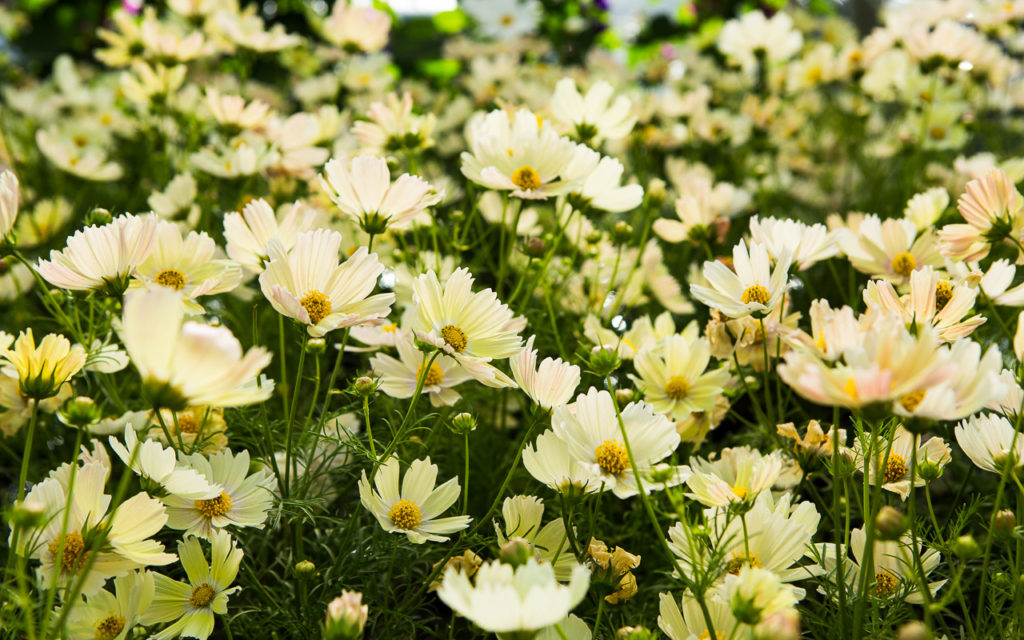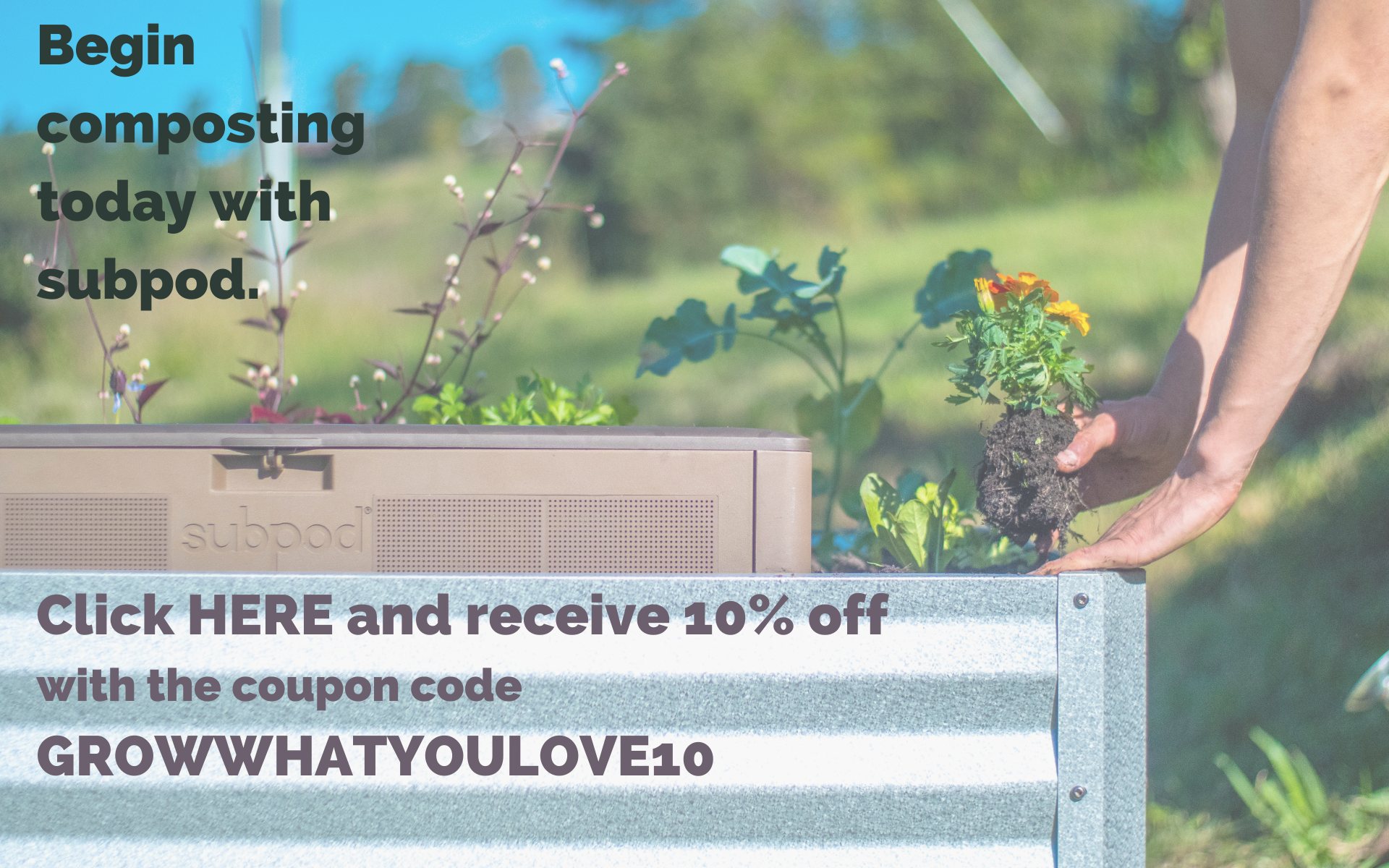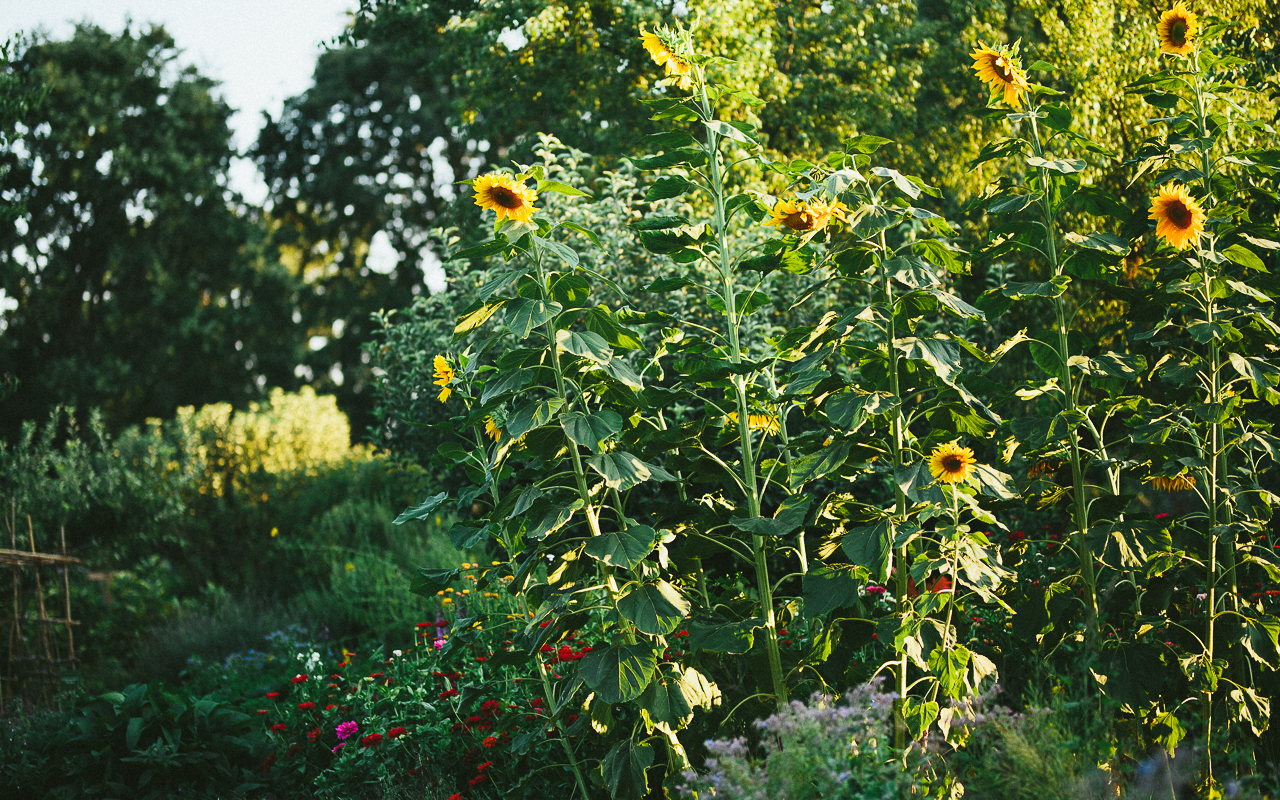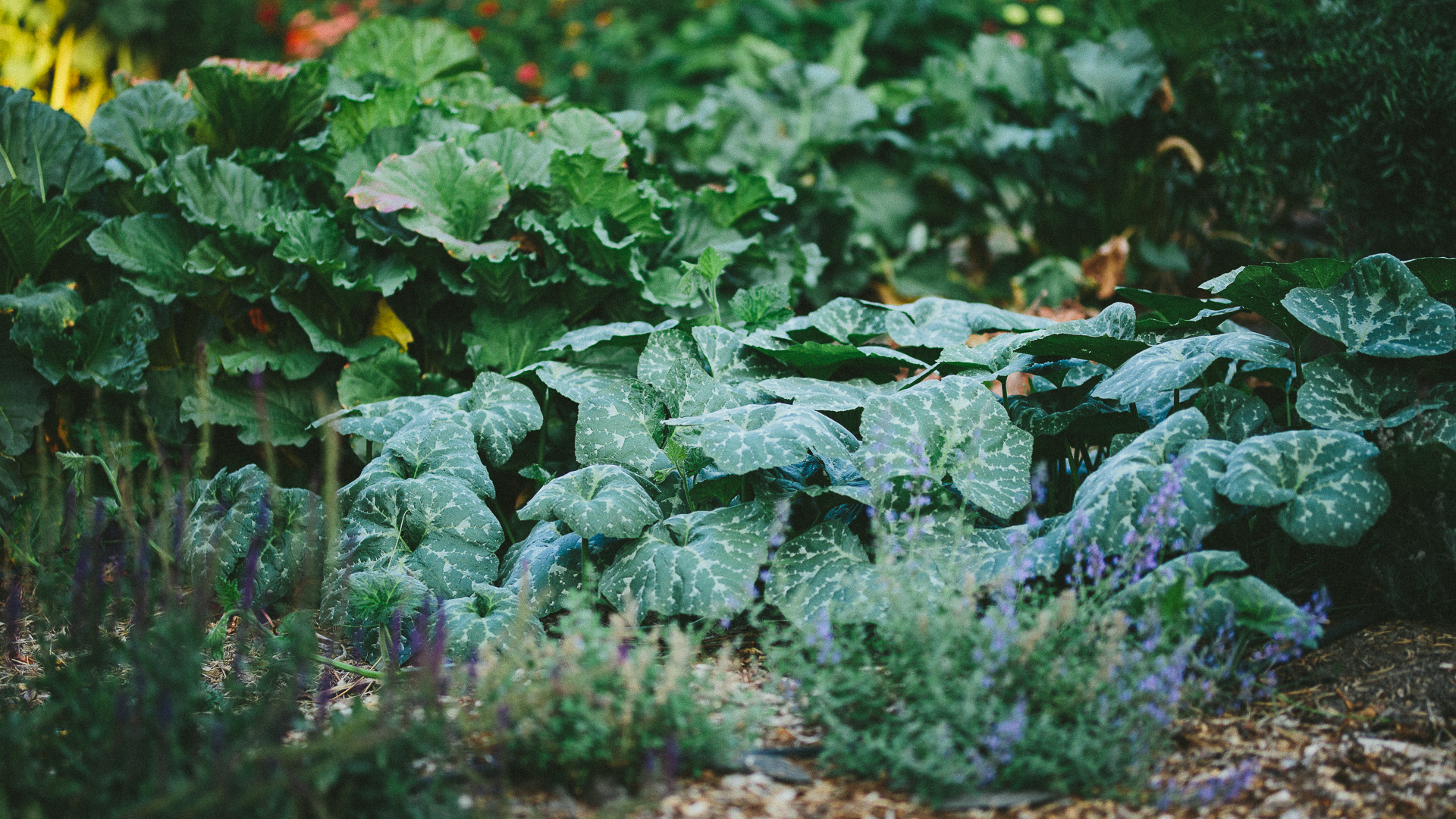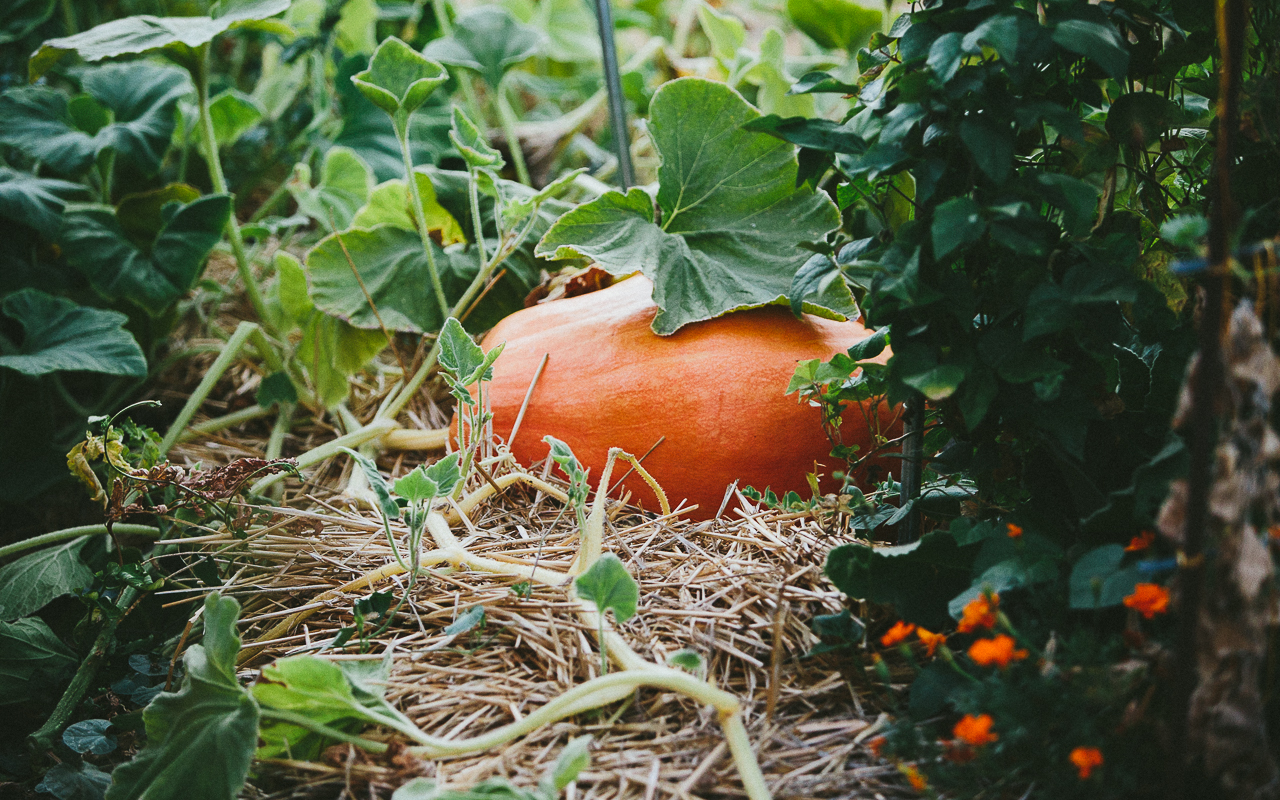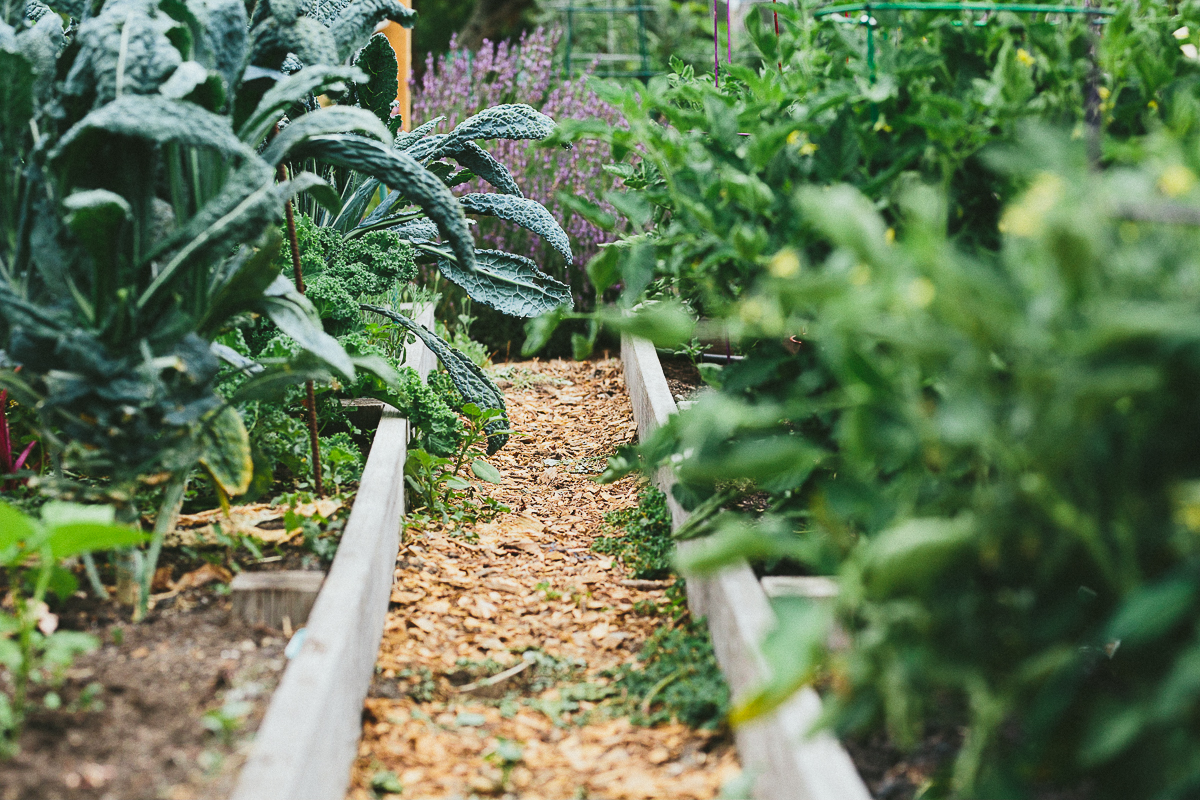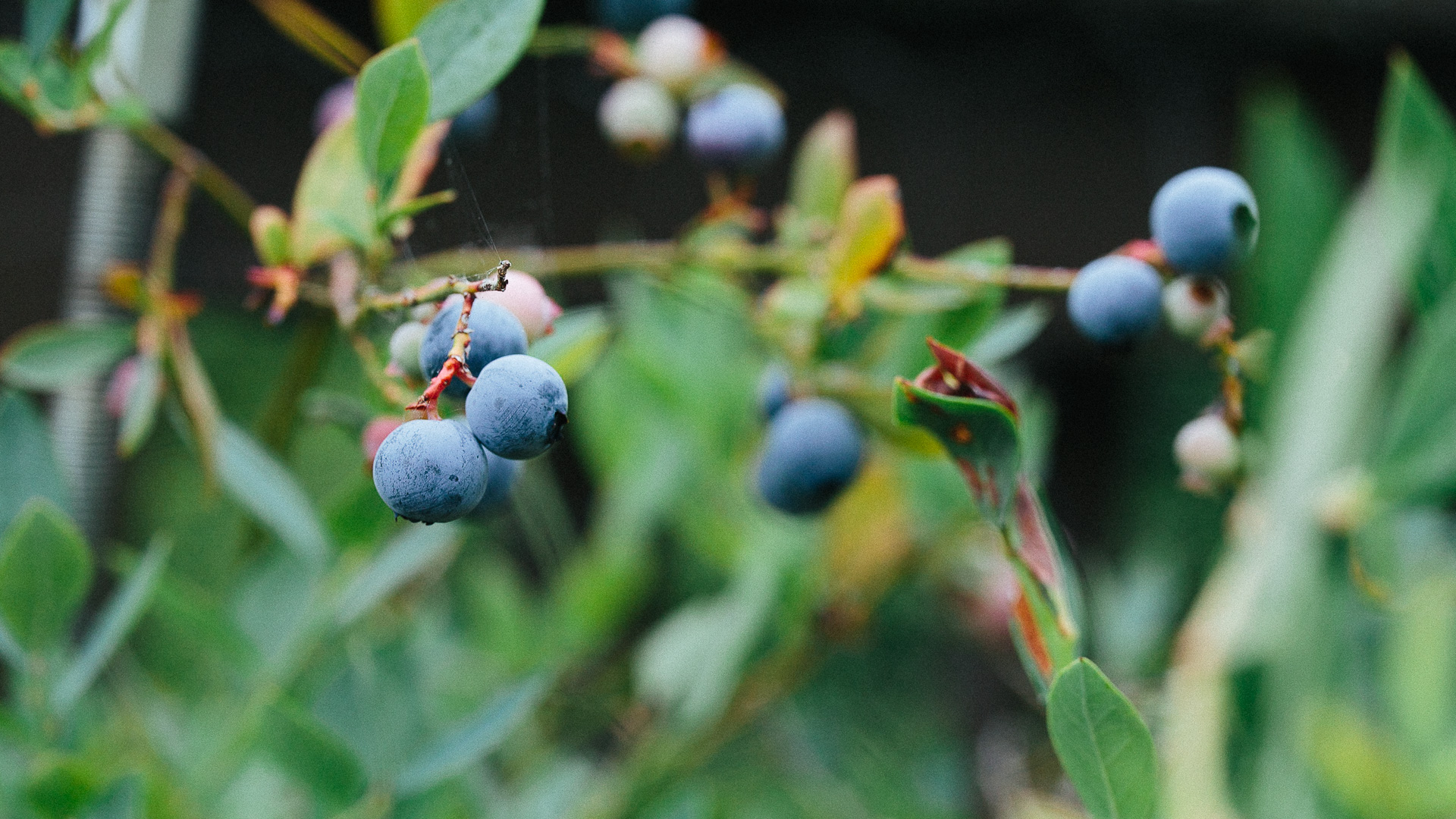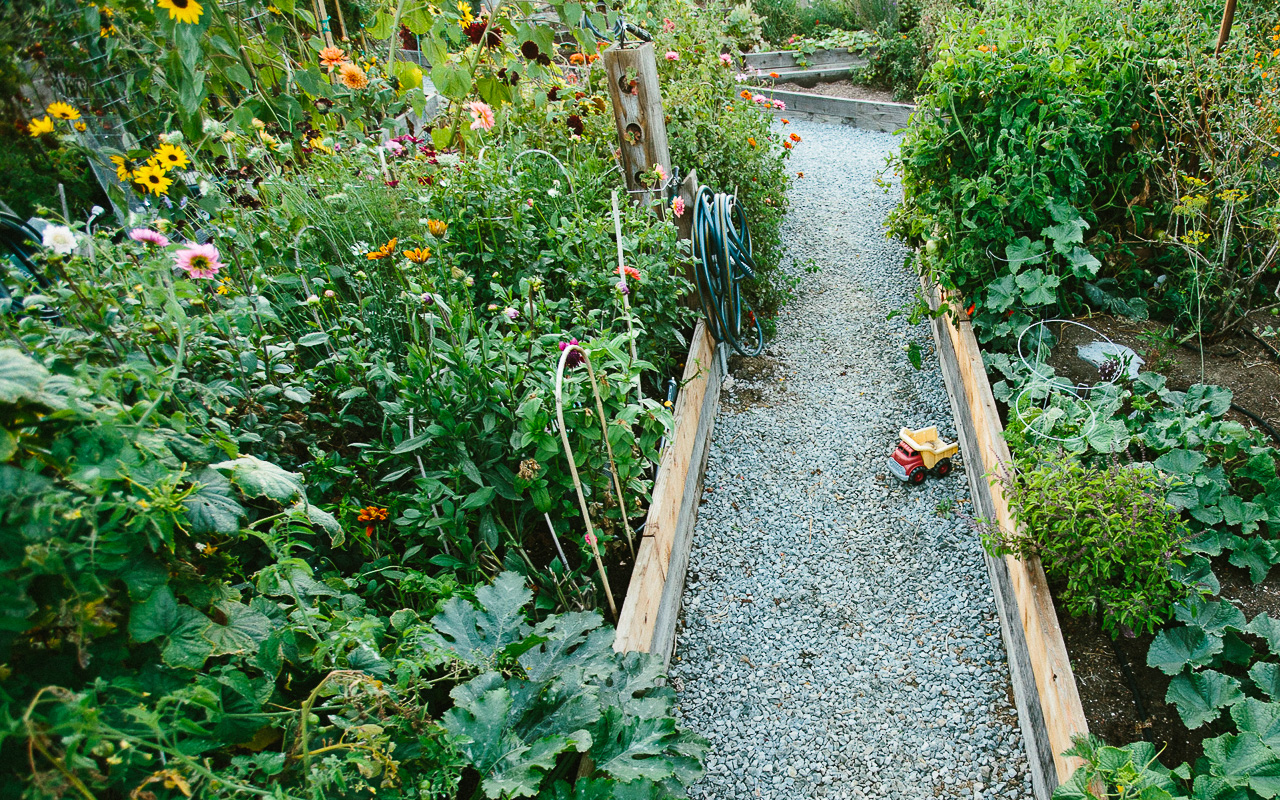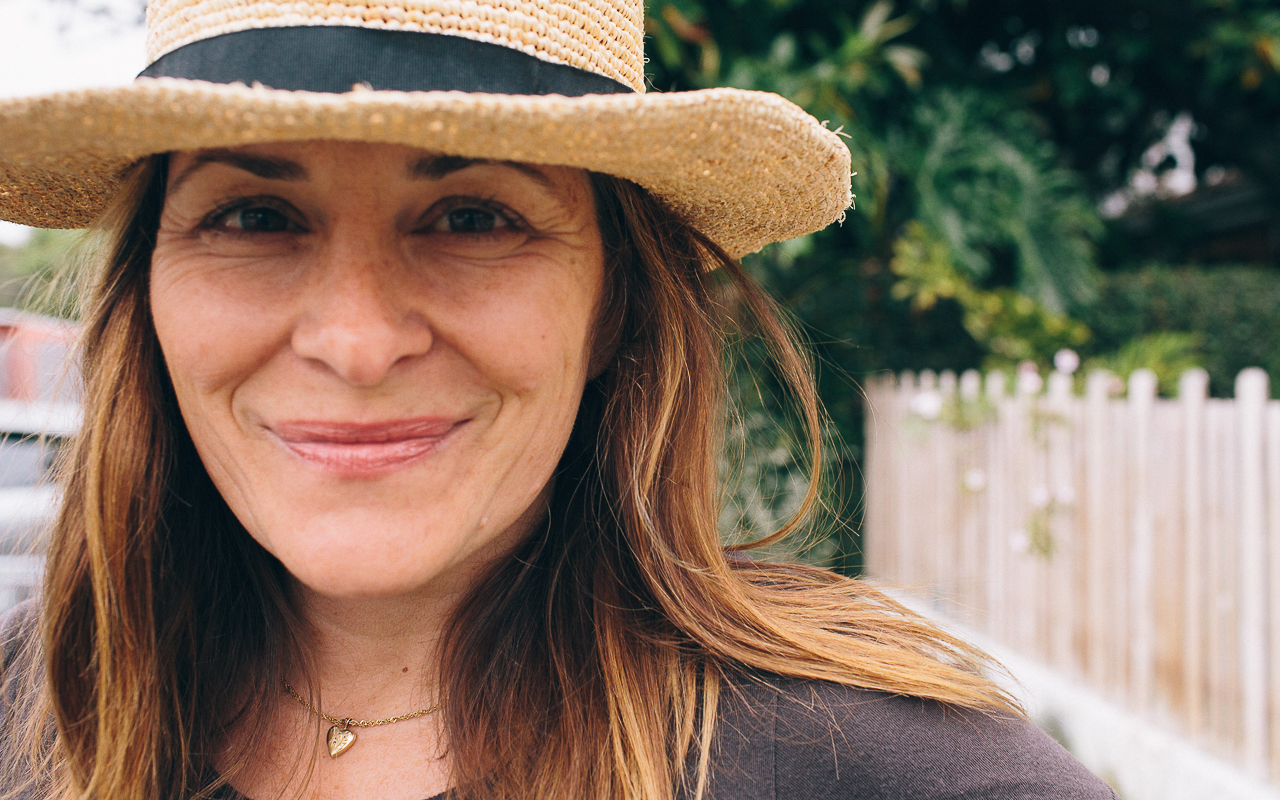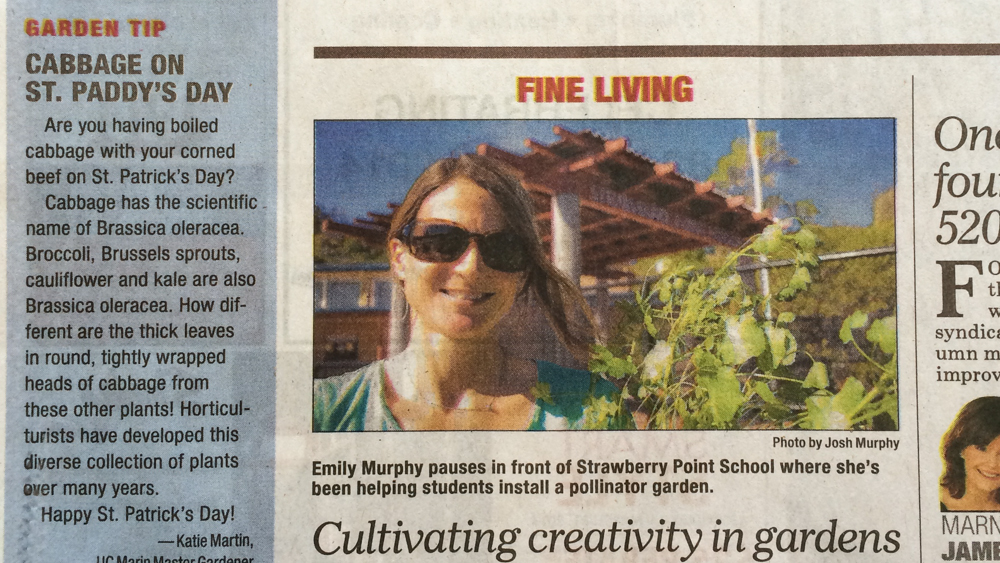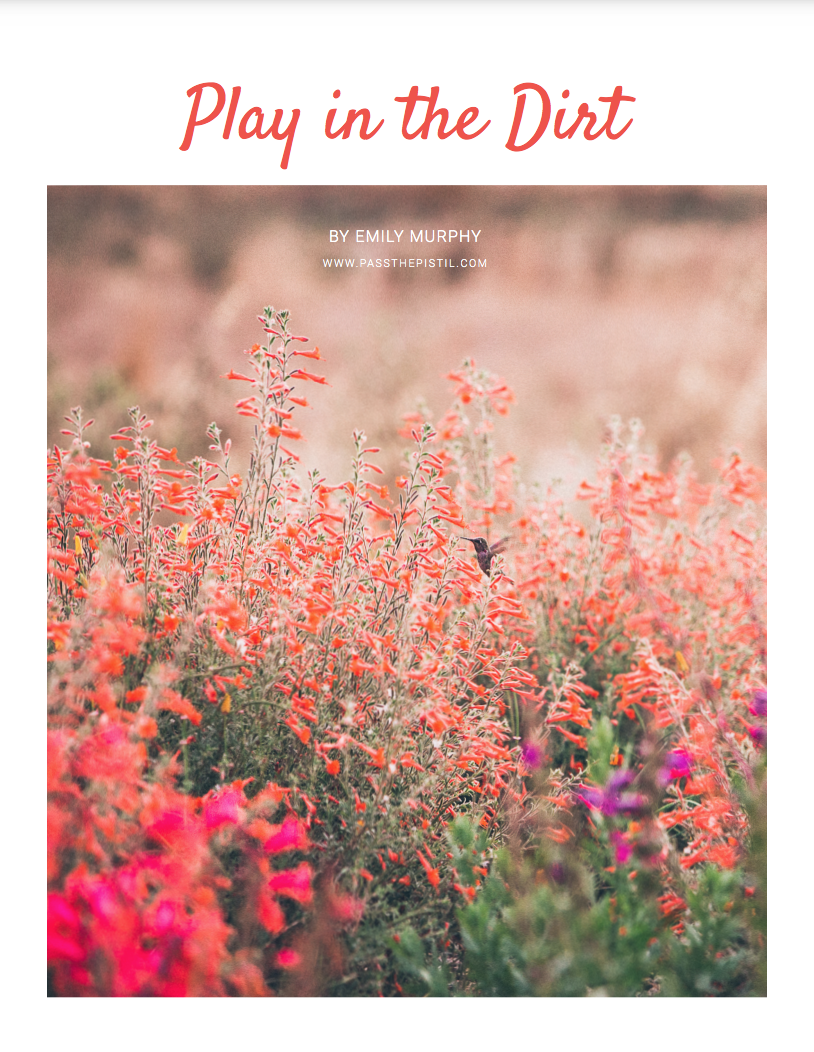Extend Your Growing Season with this Row Cover Cheat Sheet
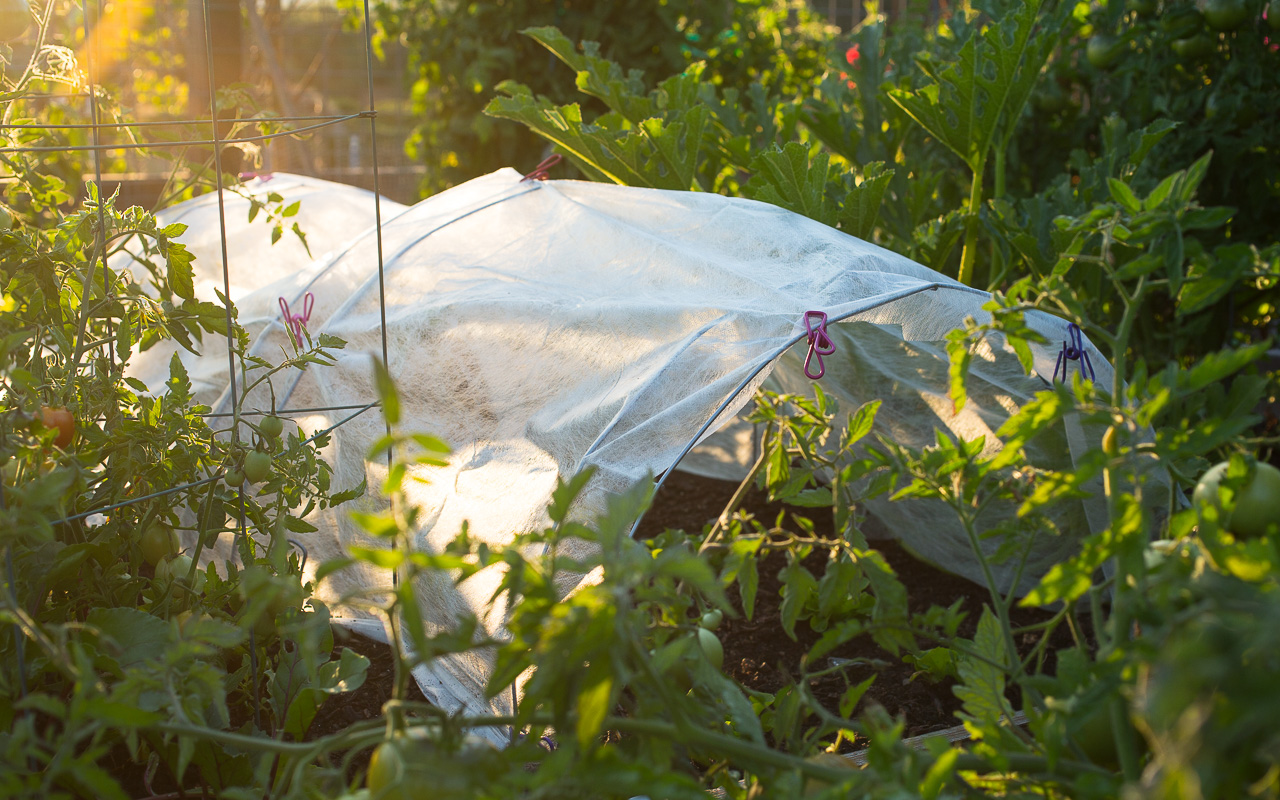

A scant few millimeters of row cover fabric could be your secret to a thriving, successful garden — especially when the mercury drops. The right fabric can also prevent a pest infestation and protect tender kitchen garden edibles for intense, summer sun.
What is Row Cover
Row cover is typically made from two types of materials: polyethylene plastic or spunbonded fabrics such as polyester or polypropylene. Heavier row covers can prevent plants from freezing and extend the growing season by warming the air temperature around plants as well as maintaining warmer soil temperatures.
Polyethylene plastic covers are generally used for low tunnels or hoop houses. They generate more heat than spunbonded fabrics and are available in various thicknesses. As a rule, clear plastics increase temperatures more effectively than white or opaque plastics, but they can also heat up so quickly it can be difficult to manage, especially if your climate experiences extreme high and low temperatures. If using a polyethylene plastic, it’s important to look for materials with holes or perforations to allow for air transfer.
Spunbonded fabrics are the perfect material for floating row covers but can also be used to cover season-extending hoop houses, low tunnels, or individual plants. Spunbonded fabrics like Agribon naturally allow for air transfer and water movement between fibers. Unlike plastics, they’re available by weight.
Floating row cover is light enough in weight to be supported by the plants themselves, whereas heavier weight fabrics need a support system.
Shade fabrics are dark, coarsely woven fabrics that block available sunlight, providing enough cover to grow plants like lettuces and cilantro through the summer months.
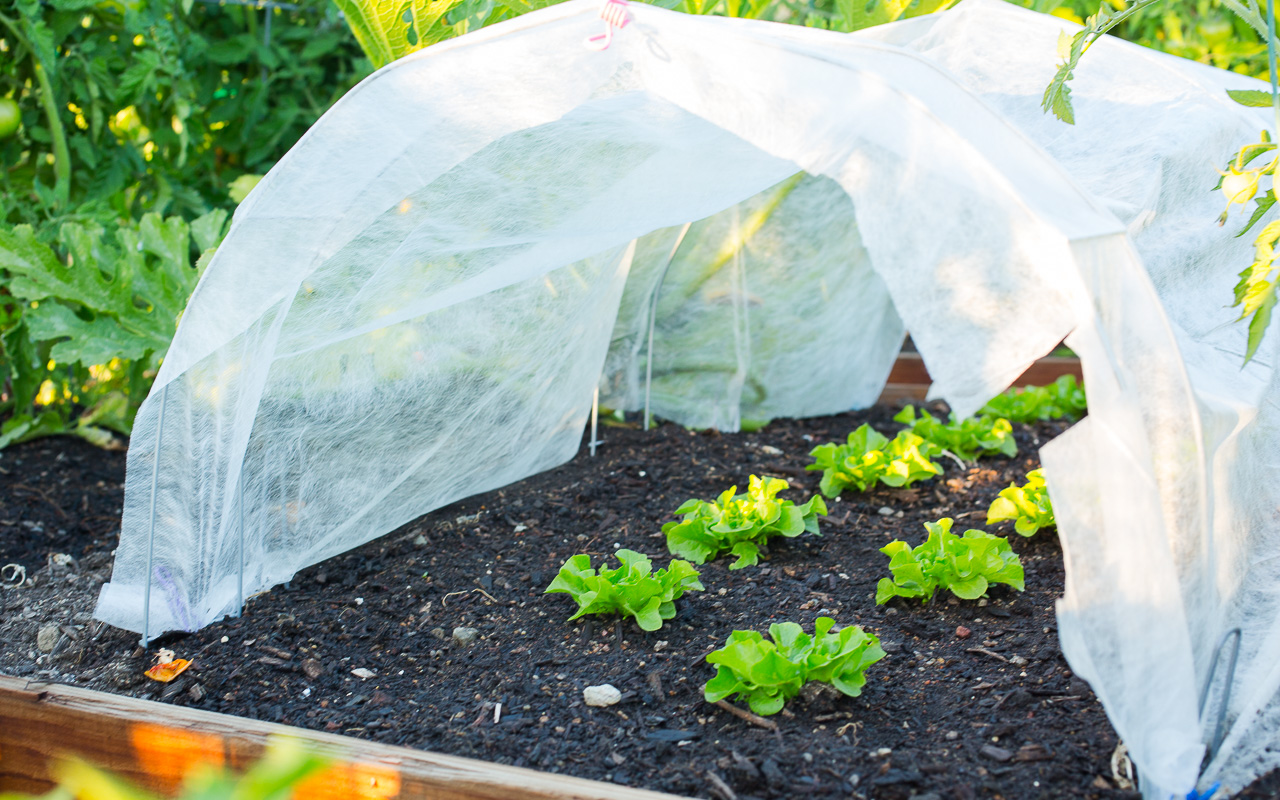
Which Row Cover is Right for You?
Plastic row covers can increase interior air temperature by as much as 30 degrees! So, if you’re working with extreme cold, using plastic to make what is essentially your own DIY greenhouse, could be your best bet. Colored or white plastics heat up less because they block some of the available sunlight, which is helpful if you’re in a warmer region. Plastic covers generally require ventilation except those that are slitted, and the use of metal, plastic, or wire hoops to suspend the plastic over plants is also necessary.
Spunbonded fabrics such as Agribon AG-50 row cover and frost blankets cut sunlight by 50%, slowing plant growth, buy they also offer 6 to 8 degrees of frost protection. Grow your garden with dips in temperature down to 24 F. The Agribon AG-70 adds 8+ F degrees of warmth. Or, you can double up lighter weight fabrics for similar results.
Row covers such as Agribon AG-30 is lighter in weight, lets in 70% of available sunlight, and is rated down to 26 degrees. So, if you’re in hardiness zones 8 or 9, this could be all you need to over-winter cold hardy crops.
Lighter weight fabrics let in more light, protect against bugs, and can protect plants from frosts down to 28 degrees. Agribon AG-19 can do all of these things, while transmitting 85% of available light, plus it’s easy to cut to size and fold it up for storage when not in use.
Agribon AG-15 doesn’t provide added warmth and cuts light by just 10%, but works well to protect plants against flying insects like cabbage white butterflies, beetles, aphids, thrips, and carrot flies. If you’re only growing in the warm season, but are constantly fending your plants from bugs, consider a light weight fabric such as AG-15.
How to Use Row Covers
I find a light weight fabric like Agribon AG-19 provides the added warmth I need for my mild coastal climate (zone 9 to 10), and also optimizes available sunlight. If you’re in a cooler region, consider a heavier weight fabric or a combination of plastic and fabric. You may need to double up, using clear plastic tunnels over plants covered with fabric or grown in cold frames.
Fabric can be doubled when extreme frost is on the horizon, which means you can purchase just one weight of fabric and add and subtract layers as needed.
Place light weight row cover over young plants such as beans and kale until they gain in maturity and are hardy enough to fend off pests. It’s possible to leave covers over crops such as root vegetables and leafy greens all season, while other fruit bearing crops need to be uncovered for pollination.
It’s important to anchor row covers with boards, soil, or another heavy material that’s not sharp and, for best results, to secure the ends as well as the sides so crops are completely enclosed.
Remove row covers as temperatures rise or replace row covers with shade fabric if growing heat and sun sensitive plants like lettuces through summer.
Row cover fabric can easily tear, so it’s important to handle with care. Look for smooth stones, scrap wood, or make your own weights for holding fabric in place with things such as plastic water bottles filled with water.
Use cages, ladders, or self-made towers to suspend fabric over and around more delicate plants such as tomatoes and greens.
Find wire hoops at your garden centre or make your own using piping or other materials.
If fabric rips, you can try mending it with dental floss or cut larger pieces into smaller ones and use in targeted areas.
Make sure fabric is clean and dry before storing.
Other articles you might enjoy:
Tips for Preparing Your Garden for Winter
What to Plant Now: 6 Perfect Winter Veggies
How to Store Dahlia Tubers in Winter
Helpful links to season extending row covers & hoops:
Listen
Buy The Book
Special offers
Newsletter Signup

Archives
Disclosure
Pass The Pistil is a participant in the Amazon Services LLC Associates Program and other affiliate programs such as Etsy, affiliate advertising programs designed to provide a means for sites to earn fees by advertising and linking to curated affiliate sites.


